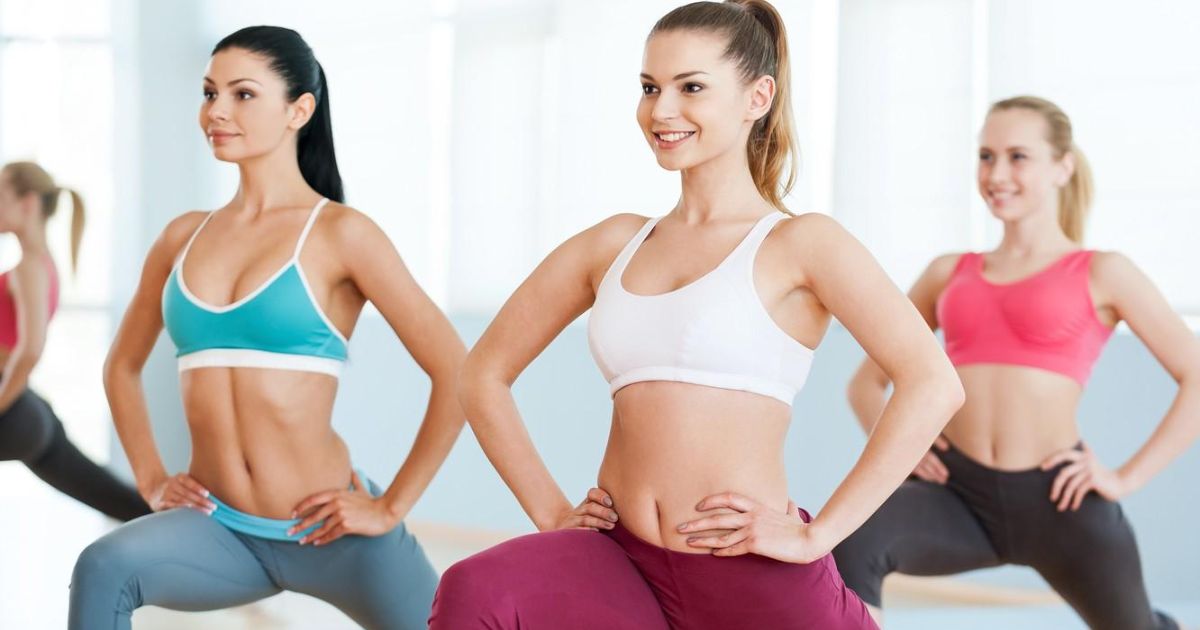In the realm of physical fitness, the question of whether rock climbing is predominantly aerobic or anaerobic has long perplexed enthusiasts and researchers alike. This article aims to unravel this enigma by examining the factors that determine the aerobic or anaerobic nature of rock climbing. By delving into the cardiovascular benefits, muscle strength and endurance, as well as the energy systems utilized in this exhilarating sport, we hope to provide insights that can help optimize training for both aerobic and anaerobic fitness in rock climbing.
Key Takeaways
- Rock climbing is a combination of both aerobic and anaerobic activity, utilizing both energy systems.
- Rock climbing provides cardiovascular benefits, including increased heart rate, improved cardiovascular fitness, and enhanced blood circulation.
- Rock climbing contributes to muscle strength and endurance, particularly in the upper body and core muscles.
- Optimizing training for both aerobic and anaerobic fitness is important in rock climbing, with a focus on endurance training, high-intensity interval training (HIIT), and strength training exercises.
Factors Determining the Aerobic or Anaerobic Nature of Rock Climbing
Several factors determine whether rock climbing is primarily an aerobic or anaerobic activity. One of the key factors affecting performance in rock climbing is the energy demand. Climbing requires a significant amount of energy expenditure, which is mainly derived from the body’s aerobic energy system. Aerobic metabolism utilizes oxygen to produce energy, allowing climbers to sustain prolonged efforts during longer climbs. However, it’s essential to acknowledge that rock climbing can be dangerous, and safety precautions must always be taken into consideration.
However, certain aspects of climbing, such as explosive moves and short bursts of intense effort, rely more on the anaerobic energy system. These high-intensity movements require the rapid production of energy without the need for oxygen. Consequently, rock climbing can be considered a combination of both aerobic and anaerobic activity, with the relative contribution of each system depending on the specific demands of the climb. Understanding these factors is crucial for climbers to train effectively and optimize their performance on the wall.
Cardiovascular Benefits of Rock Climbing
Rock climbing offers regular cardiovascular benefits through consistent engagement in the activity. The physical demands of climbing, such as the need for strength, endurance, and balance, contribute to an increased heart rate and improved cardiovascular fitness. This is especially true in more challenging climbs that require sustained effort over an extended period. Regular rock climbing can lead to various cardiovascular benefits, including improved heart and lung function, increased oxygen uptake, and enhanced blood circulation.
In addition to the physical benefits, rock climbing also has positive effects on mental health. It is a challenging and engaging activity that can help reduce stress, improve concentration, and boost self-confidence. The problem-solving nature of climbing stimulates the brain and promotes mental agility. Furthermore, the sense of accomplishment and camaraderie among climbers can provide a sense of belonging and improve overall well-being.
To summarize the cardiovascular benefits of rock climbing:
| Benefit | Description |
|---|---|
| Improved heart and lung function | Rock climbing increases heart rate and requires deep breathing, leading to improved cardiovascular fitness. |
| Increased oxygen uptake | The body’s ability to take in and utilize oxygen is enhanced through regular rock climbing. |
| Enhanced blood circulation | Climbing challenges the circulatory system, leading to improved blood flow and overall circulation. |
Rock climbing is not only a great way to challenge and strengthen the body but also provides a range of benefits for mental well-being and cardiovascular health. Whether it’s for weight loss, mental health, or overall fitness, incorporating rock climbing into your routine can be a rewarding and enjoyable activity.
Muscle Strength and Endurance in Rock Climbing
The physical demands of rock climbing contribute to the development of muscle strength and endurance, allowing climbers to sustain their efforts for extended periods. Rock climbing requires a high degree of muscle activation, particularly in the upper body and core muscles. The repetitive movements involved in climbing, such as pulling and pushing against holds, require significant muscular strength and endurance.
Grip strength is also crucial in rock climbing, as climbers must maintain a firm hold on the rock surface to prevent slipping. Regular rock climbing training leads to improvements in these areas, as the muscles adapt to the specific demands of the sport. Increased muscle strength and endurance not only enhance climbing performance but also reduce the risk of injury. Therefore, rock climbing serves as an effective means of improving overall muscular fitness.
Understanding the Energy Systems Used in Rock Climbing
To understand the energy systems used in rock climbing, it is important to examine the physiological processes that occur during this physically demanding activity. Rock climbing places significant energy demands on the body, requiring a combination of aerobic and anaerobic energy production. The aerobic energy system relies on oxygen consumption to produce energy for sustained activity, such as during long climbs or when resting between difficult moves.
On the other hand, anaerobic energy production is utilized during short bursts of intense effort, such as during powerful moves or when climbing at maximum intensity. The body’s ability to switch between these energy systems is crucial for rock climbers to optimize performance and endurance. Understanding the interplay between aerobic and anaerobic energy systems can help climbers develop training strategies to improve their climbing abilities.
Optimizing Training for Aerobic and Anaerobic Fitness in Rock Climbing
In order to optimize training for aerobic and anaerobic fitness in rock climbing, it is essential to understand the specific demands placed on the body during this physically demanding activity. Rock climbing requires a combination of both aerobic and anaerobic energy systems, as climbers need endurance for sustained efforts and explosive power for quick bursts of strength. To train for both aerobic and anaerobic fitness, climbers can incorporate various training methods.
Endurance training, such as long climbs or traversing, improves aerobic capacity and stamina. High-intensity interval training (HIIT) can be used to enhance anaerobic power and speed. Additionally, strength training exercises targeting the upper body, core, and lower body can improve overall climbing performance. Rest is also crucial in optimizing training as it allows the body to recover and adapt to the stress of climbing. Incorporating rest days into the training schedule prevents overtraining and reduces the risk of injury. By combining appropriate training methods with adequate rest, climbers can effectively optimize both their aerobic and anaerobic fitness levels.
Frequently Asked Questions
What Safety Precautions Should Be Taken While Rock Climbing?
When engaging in rock climbing, it is crucial to prioritize safety. Proper safety equipment, such as helmets, harnesses, and ropes, should be used. Additionally, learning and practicing proper rock climbing techniques can help minimize the risk of accidents and injuries.
What Are Some Common Injuries Associated With Rock Climbing?
Common injuries associated with rock climbing include finger tendon strains, shoulder dislocations, sprained ankles, and fractures. Proper use of rock climbing equipment and understanding common rock climbing terms can help prevent these injuries.
How Can Beginners Improve Their Grip Strength for Rock Climbing?
Beginners can improve their grip strength for rock climbing through a variety of exercises and the use of grip training equipment. These methods focus on increasing hand and forearm strength to enhance climbing performance and prevent injuries.
Are There Any Specific Dietary Recommendations for Rock Climbers?
Dietary considerations and nutrition guidelines are important for rock climbers to optimize their performance and recovery. A well-balanced diet with adequate protein, carbohydrates, and fats can provide the necessary energy and nutrients for sustained climbing sessions and muscle repair.
What Are Some Common Misconceptions About Rock Climbing?
Common misconceptions about rock climbing include the belief that it is solely an upper body workout. In reality, rock climbing engages the whole body, providing both aerobic and anaerobic benefits. It improves strength, flexibility, and cardiovascular fitness.
Conclusion
In conclusion, rock climbing can be considered both an aerobic and anaerobic activity due to the combination of cardiovascular benefits and muscle strength and endurance required. The energy systems used in rock climbing involve both aerobic and anaerobic pathways. To optimize training for both aerobic and anaerobic fitness in rock climbing, a balanced approach is necessary. Rock climbing can be likened to a complex puzzle, where climbers must navigate through challenges using physical strength, mental focus, and strategic thinking.










